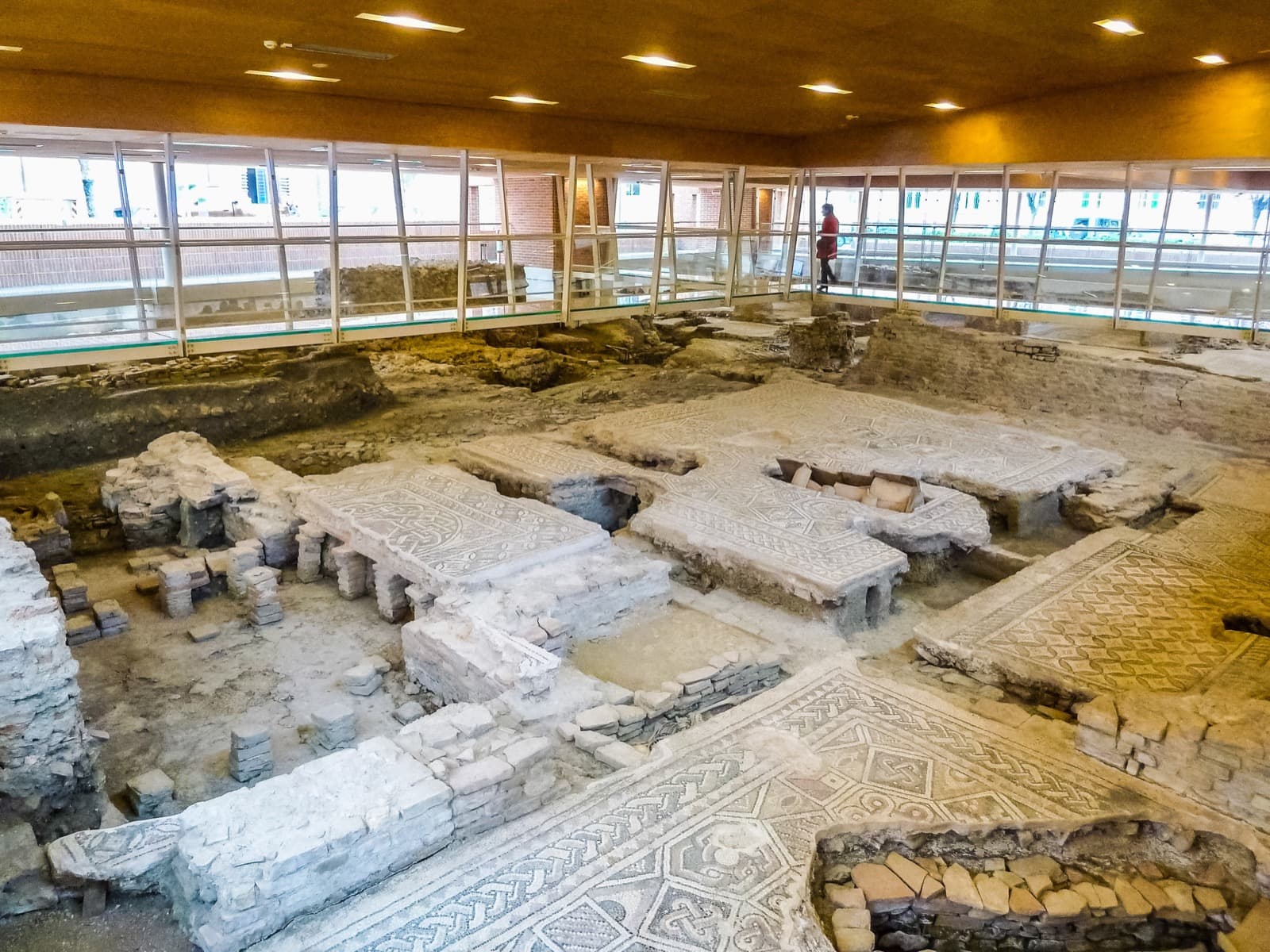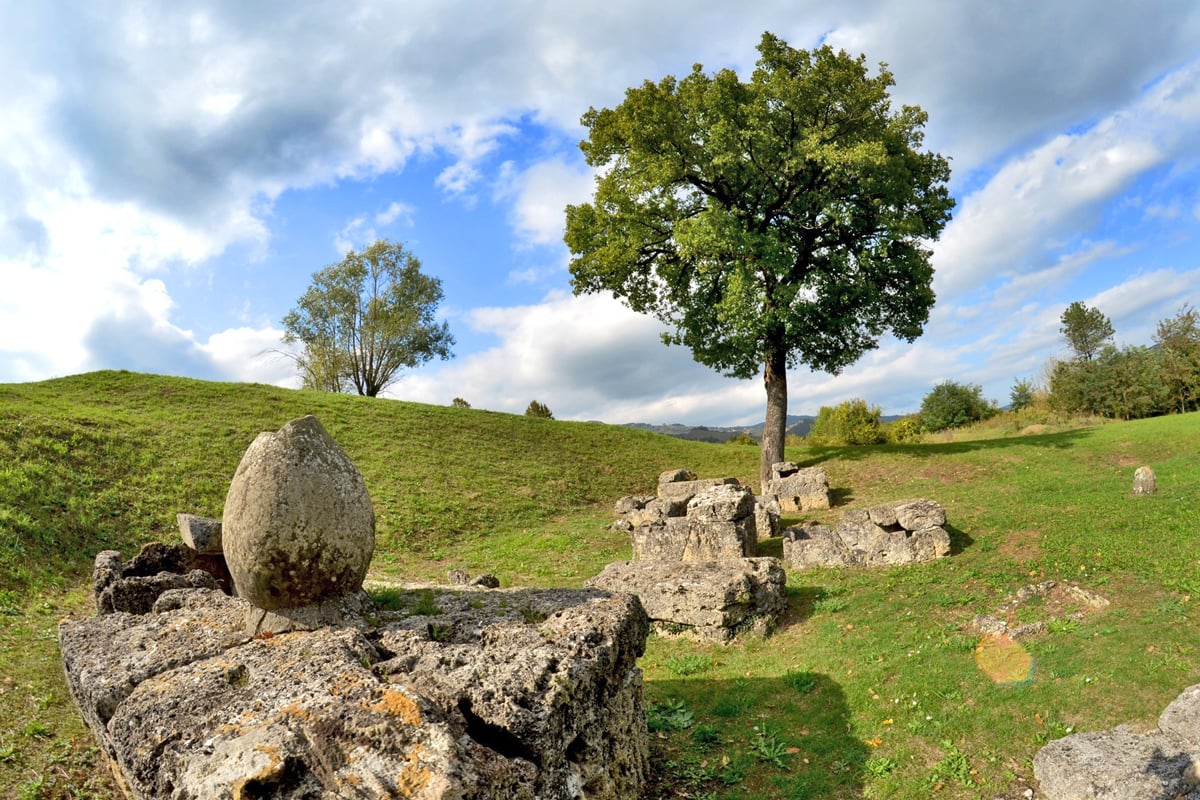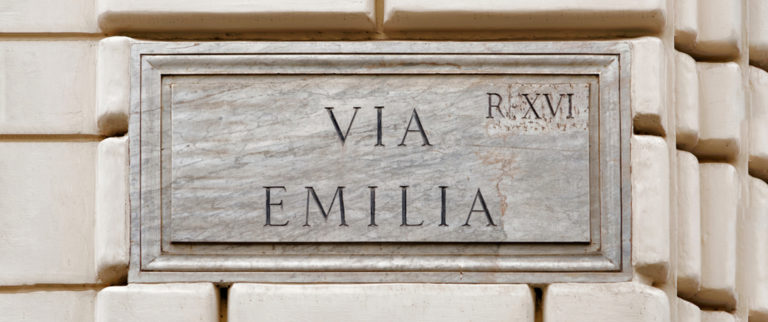Over the millennia different people and cultures have shaped Emilia-Romagna, marking its borders and rewriting its history several times.
Following the Via Emilia and visiting the main archaeological sites and museums of the region, we can retrace its history – from prehistory up to our time.
While on the one hand Romagna has its historical traditions and material artifacts of great importance, thanks also to the presence of the three-time capital Ravenna, (of the late Roman Empire, of the Goths and of the Byzantine), Emilia is marked by a more widespread development, which is mainly concentrated around the major cities of art with Roman origin.
After the piece about Romagna, today we are going to explore Emilia and its most important archaeological sites and museums, and you may take some good cues to visit some of them in person.
Archaeological Sites in Emilia – Source Regional Tourism System
Bologna and its provinceo
Bologna Archaeological City Museum
Where: Via dell’Archiginnasio, 2 | Bologna
The Archaeological City Museum of Bologna is considered one of the most important archaeological collections in Italy and it is housed in the fifteenth-century Palazzo Galvani since 1881, at a few meters away from Piazza Maggiore.
The Etruscan section is the one that stands out among the others: it is an essential stop for a deeper understanding of the Etrurian Padana, whose capital was right Bologna (at that time known as Felsina).
The Greek, Roman and Gallic art collections with artifacts coming mostly from this region, and the Egyptian art collection, one of the most important in Europe, are certainly worth a visit.
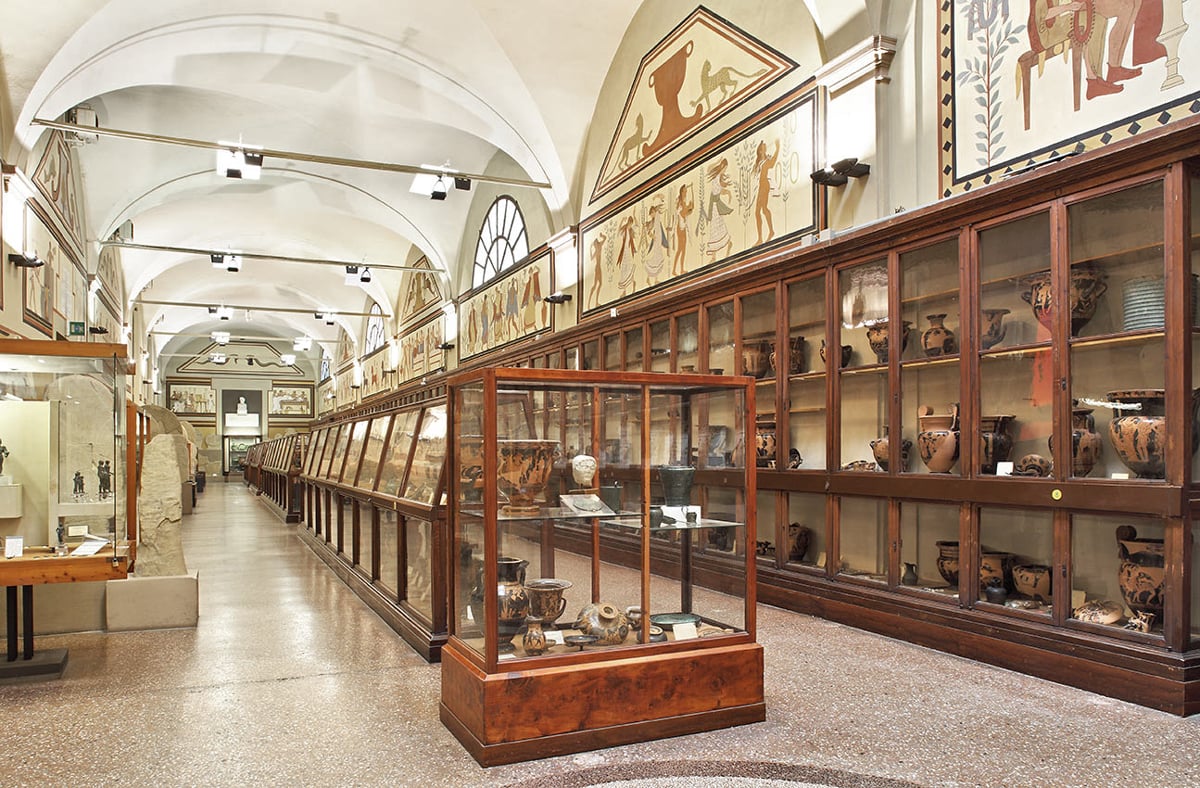
The archaeological site SalaBorsa
Where: Piazza Nettuno 3 | Bologna
Right in the heart of Bologna, just below the crystal floor of the SalaBorsa covered square, the excavations allow to retrace the transformations this part of the city underwent over the centuries.
There are the Civil Basilica of the ancient Bononia, the Medieval courts, the viridarium and the Renaissance botanical garden. The admission is free according to scheduled opening hours and days (see here).
The Etruscan town of Kainua (Marzabotto) and the National Etruscan Museum “Pompeo Aria”
Where: Via Porrettana Sud 13 | Marzabotto
Between the 6th and the 4th century B.C., Kainua was one of the most important city-states in the Etruscan Po area.
Every year, the archaeology students of the Bologna University explore the site and people can walk along the streets of its original urban orthogonal layout and see the Acropolis and the two necropolises.
The visit ends at the museum “Pompeo Aria”, where its artifacts show the history of the archaeological site.
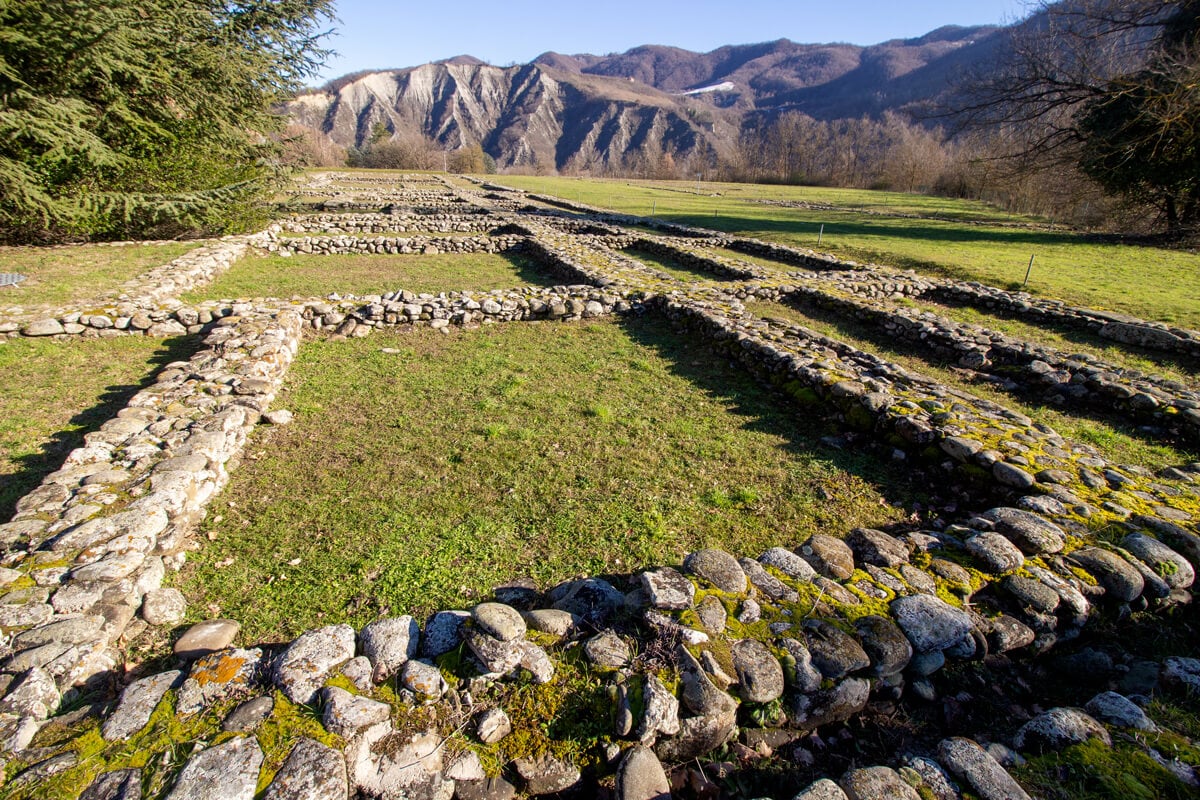
“Luigi Fantini” Archaeological Museum
Where: Via del Museo 2 | Montebibele
“Luigi Fantini” Archaeological Museum is the completest collection of Celtic materials in the region and one of the most important in Italy.
The museum records the history of the settlements over the valleys of the rivers Idice and Zena. Moreover, it collects materials from the excavation campaigns of the Etruscan-Celtic settlement of Monte Bibele and its necropolis (beginning of the 4th and beginning of the 2nd century B.C.).
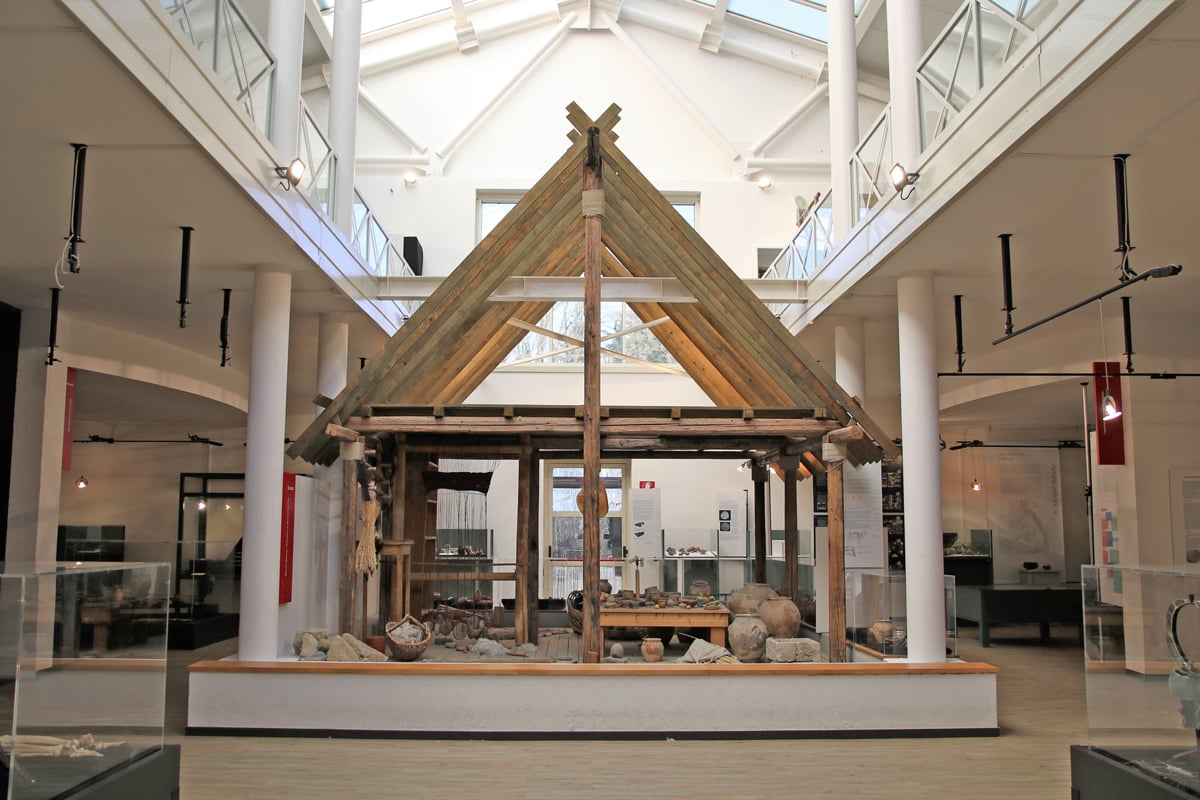
SEE ALSO:
- Museum of the ancient Roman Town of Claterna | Ozzano dell’Emilia (BO)
- MUV – Museum and Documentation Centre of Villanovan Culture | Castenaso (BO)
- “Luigi Donini” Museum of Prehistory | San Lazzaro di Savena (BO)
- Archaeological Environmental Museum | San Giovanni in Persiceto (BO)
- “Elsa Silvestri” Archaeological and Paleoenvironmental Museum | Budrio (BO)
- Museum of San Domenico | Imola (BO)
Modena and its province
Archaeological and Ethnological Museum
Where: Palazzo Dei Musei – Largo Porta Sant’Agostino, 337 | Modena
Inside the eighteenth-century Museum Palace (Palazzo Dei Musei) are some of the most important cultural and conservative institutions of the city.
The Archaeological and Ethnological Museum, for instance, collects along its exhibition itinerary some important material testimonies from the Modena area dating back between the Palaeolithic and the Middle Ages and an ethnological section with artifacts. from all over the world.
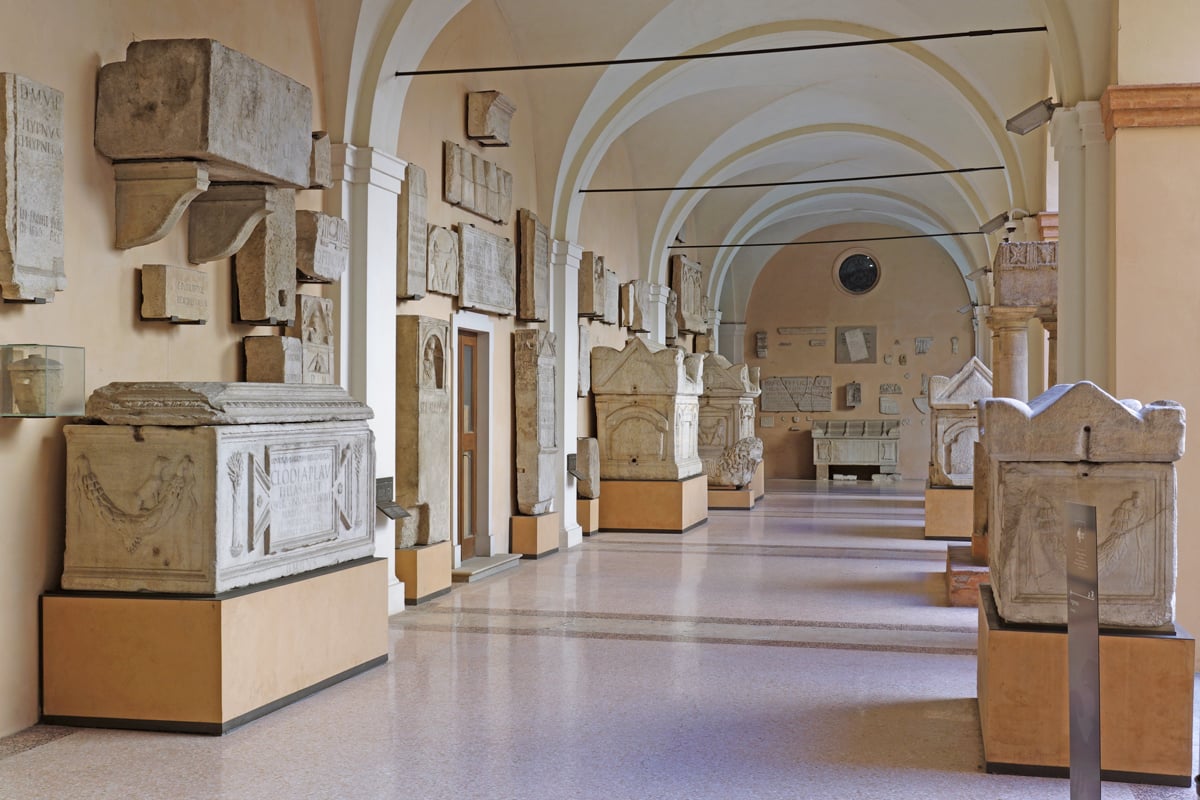
The Estense Lapidary Museum
Where: Palazzo dei Musei – Largo Porta Sant’Agostino, 337 | Modena
The Museum Palace also hosts the Estense Lapidary collection, on Francis IV Duke of Modena’s firm request: with 329 sculptures, dating back from the Roman up to the Medieval and Renaissance age, it outlines the history of the city.
Terramara of Montale
Where: Via Vandelli (Statale 12 – Nuova Estense) | Montale Rangone
Thanks to life reconstructions and experimental archaeology projects, today, this outdoor archaeological park traces back the almost 4-century-long story of Terramara di Montale, which was a fortified village during the Bronze Age (between the 16th and the early 13th century B.C.)
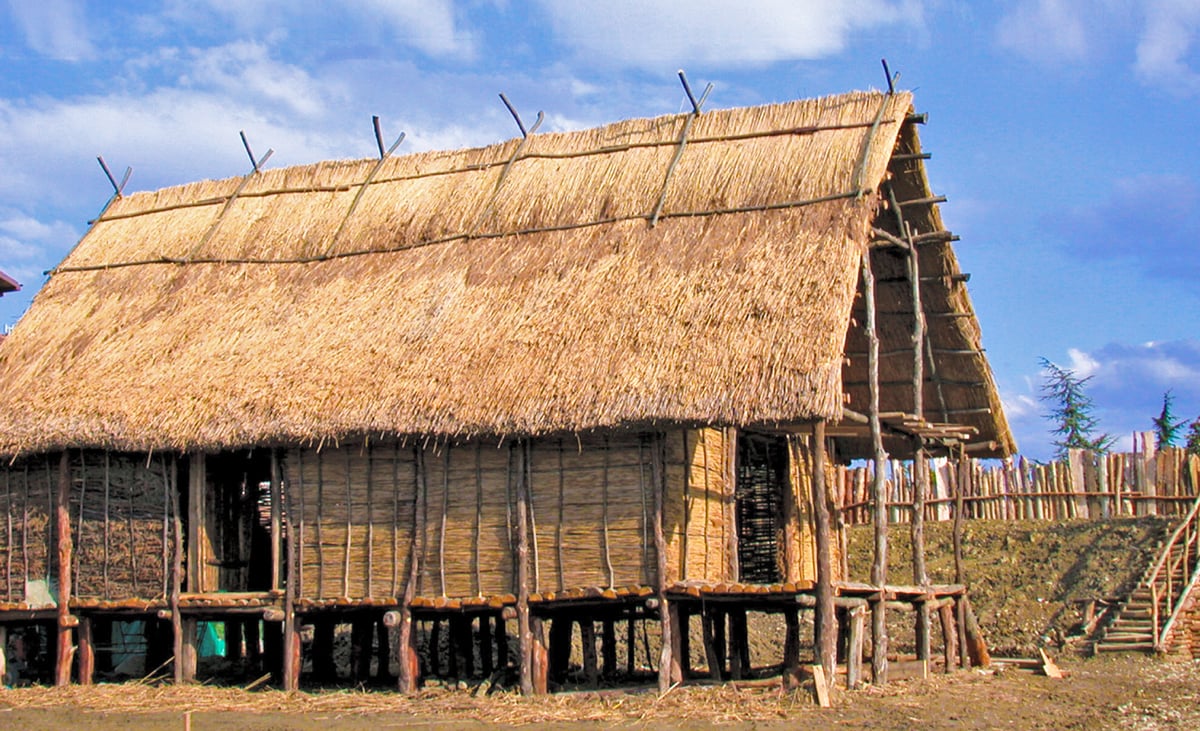
Reggio nell’Emilia and its province
Museum’s Palace
Where: Via Lazzaro Spallanzani, 1 | Reggio nell’Emilia
This museum hosts several ancient collections and artworks with different functions and dating back to different historical periods.
As far as archaeology concerns, the Roman mosaics, the Chierici Museum, the Portico dei Marmi (Roman section), the Roman Museum, the Prehistory and Protohistory Museum are worth a visit.
SEE ALSO:
- Museum of the Terramara “Santa Rosa” | Poviglio (RE)
- Roman Archaeological Museum | Brescello (RE)
- “Naborre Campanini” National Museum | Canossa (RE)
Parma and its province
The National Archaeological Museum of Parma
Where: Piazza della Pilotta, 3 | Parma
Housed in the rooms of the monumental Palazzo della Pilotta, this museum is one of the oldest in Italy (1760).
Originally, it was founded to house the findings from the excavation of the city of Veleia, but over the course of its history it gained different collections (Egyptian, Etruscan and Roman) and, above all, it has become an essential reference point for all the research work carried out in the area of the Duchy.
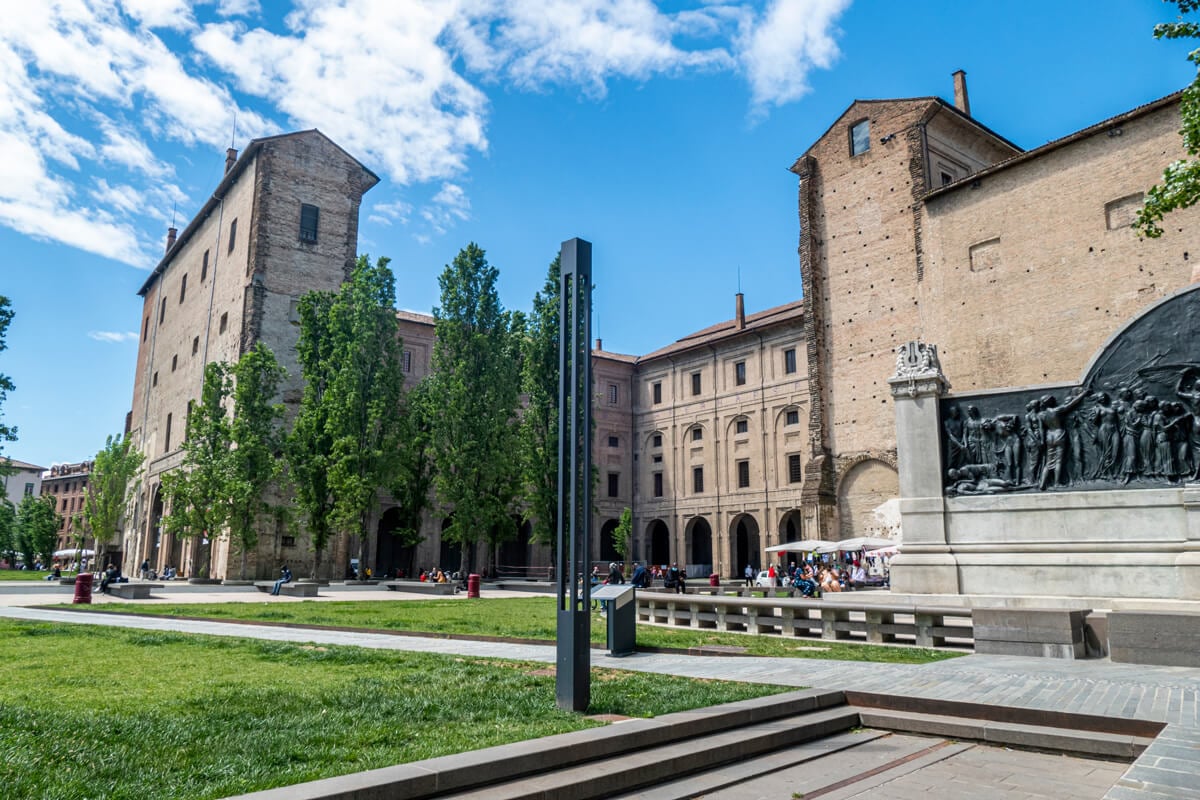
Piacenza and its province
The City Museums of Palazzo Farnese
Where: Piazza Della Cittadella, 29 | Piacenza
The city museum and its rich collections are hosted Inside the sixteenth-century Palazzo Farnese. The highlight here is the archaeological museum, housed in the adjacent Visconti Palace.
In its rooms, you can find artifacts and relics of Prehistory and Protohistory coming from the surrounding area and, in a dedicated room, the famous Liver of Piacenza, one of the most important artifacts linked to the Etruscan art of divination.
Antiquarium and Veleia Romana
Where: Strada Provinciale 14, 14 | Lugagnano Val d’Arda
On the site of the ancient Roman city of Velleia stands today one of the most important archaeological sites in Northern Italy.
Thanks to its antiquarium and walking through its ruins, it is possible to retrace the most important moments of its history, from its pre-Roman origins up to its complete abandonment.
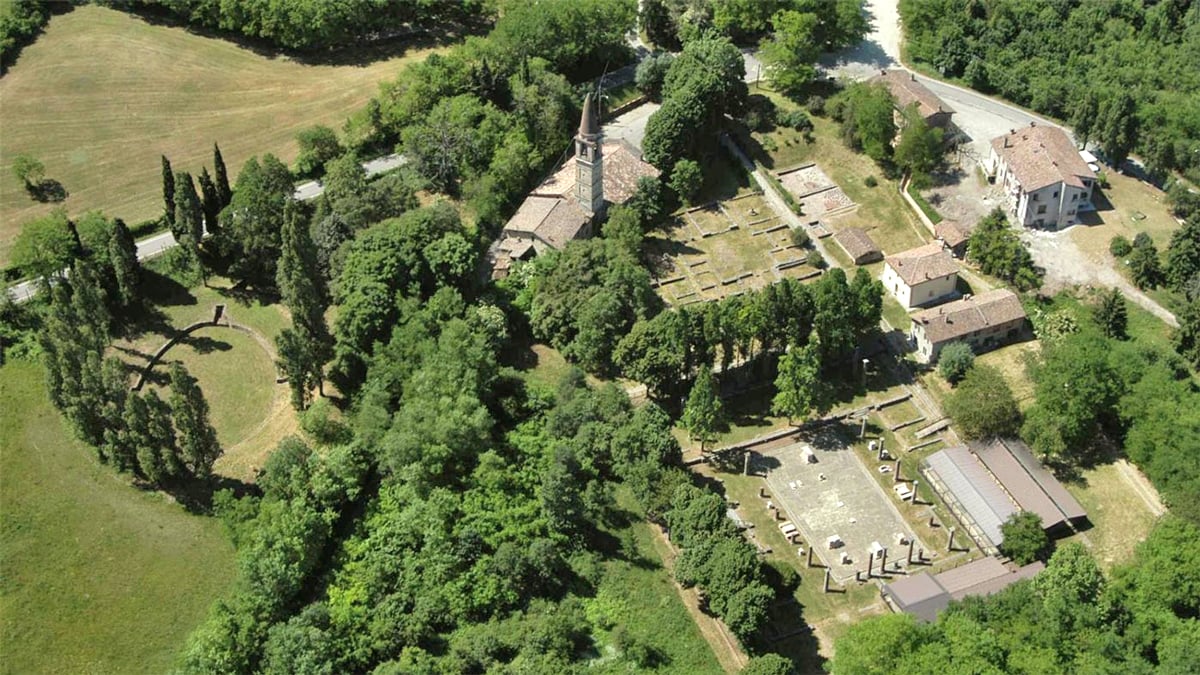
“Giuseppe Cortesi” Geological Museum
Where: Ospedale Santo Spirito – Via Sforza Caolzio | Castell’Arquato
“Giuseppe Cortesi” Geological Museum preserves one of the most important collections of fossil molluscs and cetacean skeletons referable to the “Piacenziano” stratum type, or better said, the land of marine origin dating back between 3.5 and 2.5 million years ago.
Thanks to them it is possible to follow the evolutionary history of the Po Valley – from when it was just a water surface until the appearance of mankind.
St. Andrea Neolithic Village and the Archaeological Museum
Where: Via del Mulino, 22 | Travo
It is one of the most important settlements of Northern Italy linked to the recent Neolithic (4200 – 3500 B.C.) and, above all, it is an archaeological park with a strong educational purpose.
Located in a suggestive green area, it shows some full-scale residential buildings, set up with copies of materials and objects discovered during the excavation. The adjacent museum completes the visit itinerary.
Over the year, the museum hosts several events; the costumes reenactment “Preistorica” has a particular importance and sends all participants back 6000 years in time.
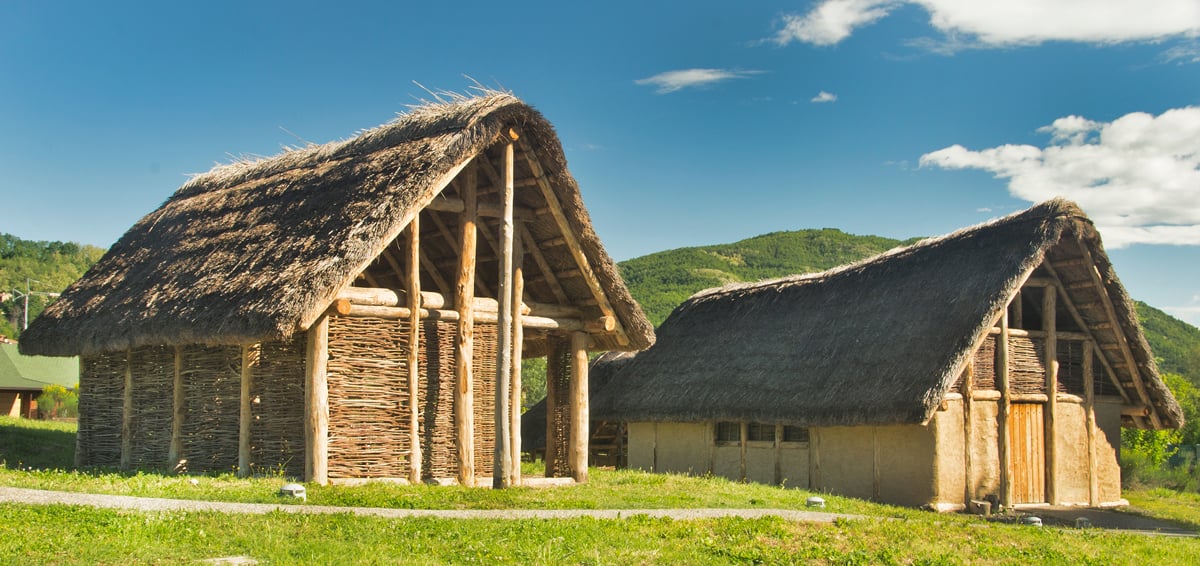
SEE ALSO:
- Antiquarium “Santa Margherita” | Piacenza (PC)
- Tidone valley Archaeological Museum | Pianello Val Tidone (PC)
- San Colombano Abbey Museum | Bobbio (PC)
Author

Davide Marino
Davide Marino was born archaeologist but ended up doing other things. Rational – but not methodic, slow – but passionate. A young enthusiast with grey hair
You may also like
The archaeological sites of Romagna
by Davide Marino /// February 9, 2018
Via Emilia. History and origins of a region in 10 points
by Davide Marino /// June 29, 2018

Interested in our newsletter?
Every first of the month, an email (in Italian) with selected contents and upcoming events.
